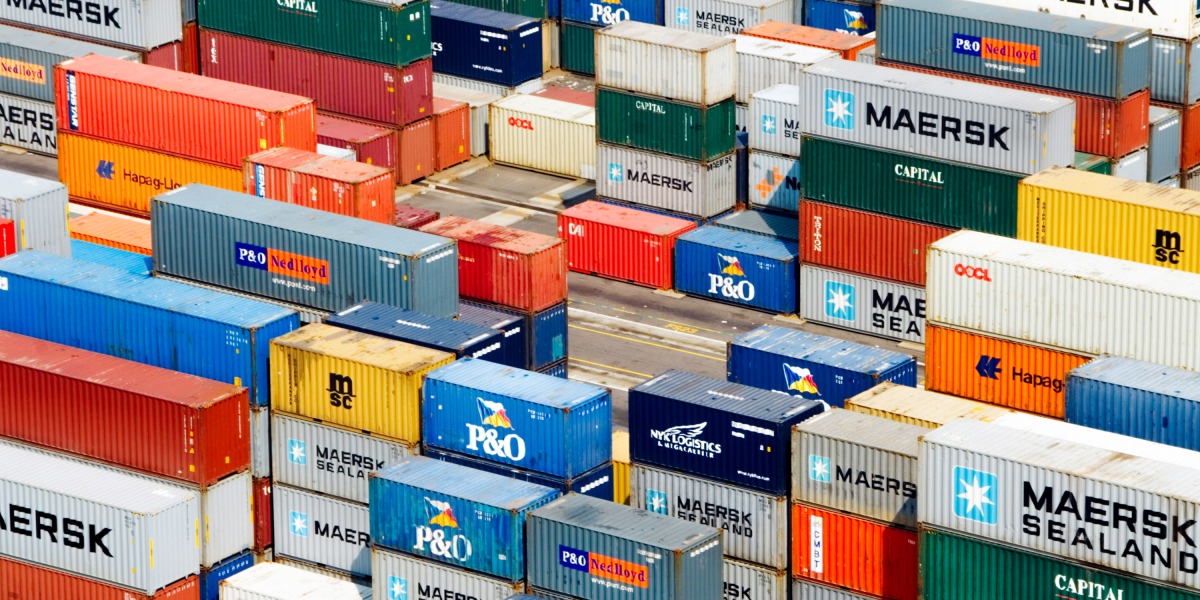
I’ve actually got boats on the mind because there was just big news in global shipping from the International Maritime Organization, the UN agency in charge of regulating the vessels that carry everything from tennis skirts to EV batteries around the world. On July 7, the IMO agreed to new climate goals, setting a target date of “by or around 2050” to clean up the industry’s act and reach net-zero emissions.
This is a big deal for the shipping industry, which didn’t have any broadly accepted target before. But as we all know, a goal is more of a starting point than an end. So let’s take a look at the technology that companies might turn to as they chase net-zero shipping.
Starting small
Aside from the net-zero target, a crucial piece of the IMO agreement is a set of checkpoints along the way to 2050. These aren’t binding, but the IMO did set a target to cut emissions 20% by 2030, and 70% by 2040.
Those checkpoints could be critical in spurring industry to take action, said Madeline Rose, who was present for the IMO proceedings and is a senior director of climate at Pacific Environment, an environmental group.
I was especially intrigued by that first checkpoint, because 2030 is coming up fast. (Fun fact: The first day of 2030 is actually closer to today than the last day of 2016 is.) And a 20% emissions cut for an industry that’s often called hard to decarbonize sounds like a lot. But digging into it, I was surprised to learn that there are actually several fairly straightforward avenues the industry could take to reach this target, and likely with time to spare.
In fact, just slowing down ships could be enough to achieve that 20% cut in greenhouse-gas emissions. Faster ships require more fuel than slower ships, even when traveling the same distance. And other technology options are on the table too, like new fuels and devices like sails or special rotors that can harness the wind to boost ships. That trifecta could actually add up to a nearly 50% decrease in emissions by the end of the decade, according to one study from environmental consultancy CE Delft.
I wrote all about these near-term measures that shipping could take, so check out my story for more on that. In the meantime, let’s set our sights further toward the horizon and consider what shipping might look like in 2050.
Ocean-going
Slowing ships down, adding wind assistance, or even adding coatings to make boats more slippery in the water will all cut down on the amount of fuel used. But that isn’t how we’re going to reduce greenhouse-gas emissions to zero. That’s because even as you get more efficient, you’ll still be using fossil fuels that produce the climate-warming emissions.
